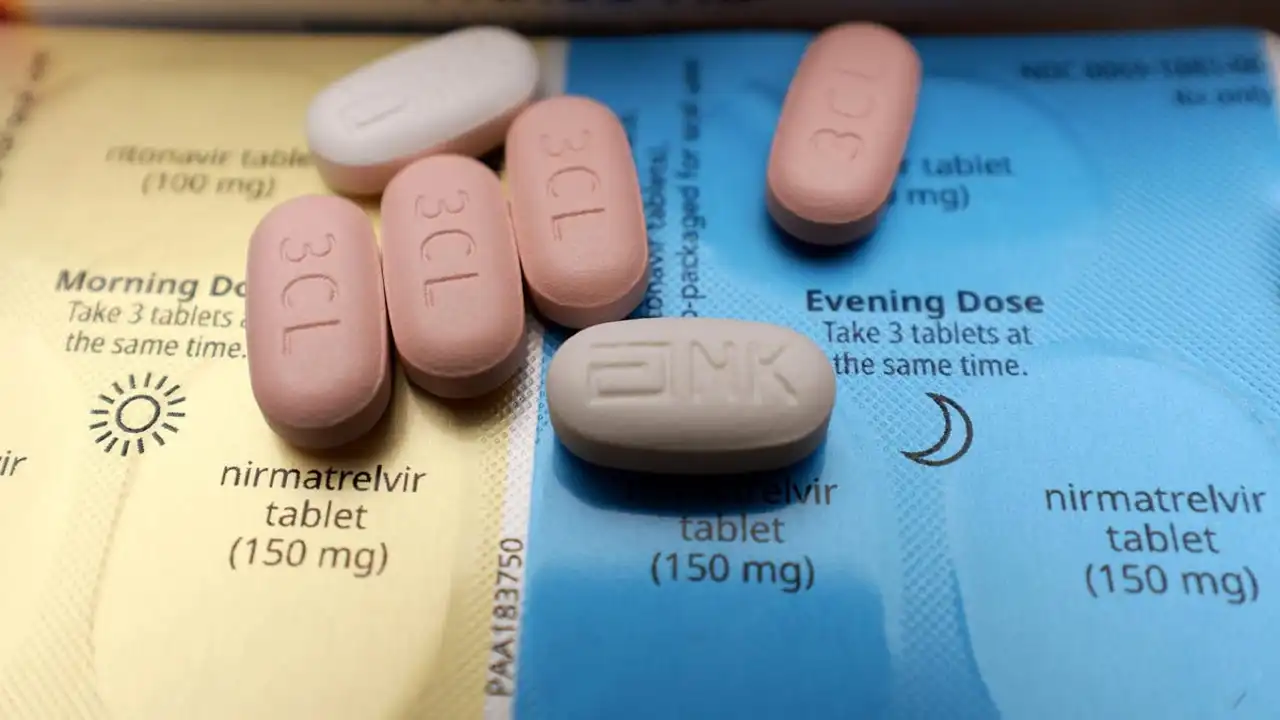Medication Interaction: What You Need to Know
Taking more than one drug? Chances are some of them will affect each other. A medication interaction can boost a drug’s effect, wipe it out, or cause unwanted side effects. Knowing the basics can keep you from ending up in the ER or feeling worse than before.
Common Types of Interactions
Most interactions fall into three groups. First, pharmacokinetic changes – one drug slows down the absorption or elimination of another, so levels in your blood get too high or too low. Second, pharmacodynamic clashes – two meds act on the same body system, amplifying the same effect (think extra drowsiness). Third, food‑drug combos – certain foods or supplements can block or trigger reactions, like grapefruit with many heart meds.
Practical Steps to Prevent Problems
Start by writing down every prescription, over‑the‑counter pill, supplement, and herb you use. Share that list with your pharmacist or doctor before a new prescription. They can run a quick interaction check and suggest alternatives if needed.
Our article on Plavix (clopidogrel) explains why mixing blood thinners with NSAIDs or certain antidepressants can raise bleeding risk. Reading that guide gives you concrete examples of what to ask your doctor.
Another real‑world case is the Escitalopram and blood sugar piece. It shows how the popular antidepressant Lexapro may nudge glucose levels, making sweet cravings worse. If you’re on a diabetes plan, that’s a flag you’ll want to discuss.
The Loperamide (Imodium) overdose article highlights how taking high‑dose loperamide alongside other opioids or certain antibiotics can push heart rhythm into dangerous territory. Even though Imodium is over‑the‑counter, the risk stays real when combined with other drugs.
When you get a new prescription, ask three simple questions: 1) Does this medicine interact with anything I’m already taking? 2) What should I watch for as a warning sign? 3) Are there safer alternatives or dosage tweaks?
Keep a medication journal on your phone. Note the time you take each dose, any new symptoms, and any foods you ate close to the dose. Patterns pop up fast, letting you and your clinician catch problems early.
Finally, use reliable sources. RXDeal.net’s tag page gathers all interaction‑focused articles in one spot, so you can quickly read about the meds you’re on – from Montelukast for asthma to Metaxalone for muscle pain. Jump from article to article, compare advice, and feel confident about your treatment plan.
Medication interaction doesn’t have to be a mystery. By staying organized, asking the right questions, and checking trusted guides, you protect yourself and get the most out of every prescription.

Atorvastatin and Zinc: What You Should Know
- By : Archer Hamilton
- Date : Nov 9 2023
As your trusty health advocate, I felt the necessity to share insightful information about Atorvastatin and Zinc interaction. We'll delve into what you should know, right from the basics of the both elements, to the nitty-gritty of how they work together. The objective, as always, is to assist you in making informed decisions about your health. Remember, understanding your medications and supplements is integral part of leading a healthier life. Stay tuned for more!





